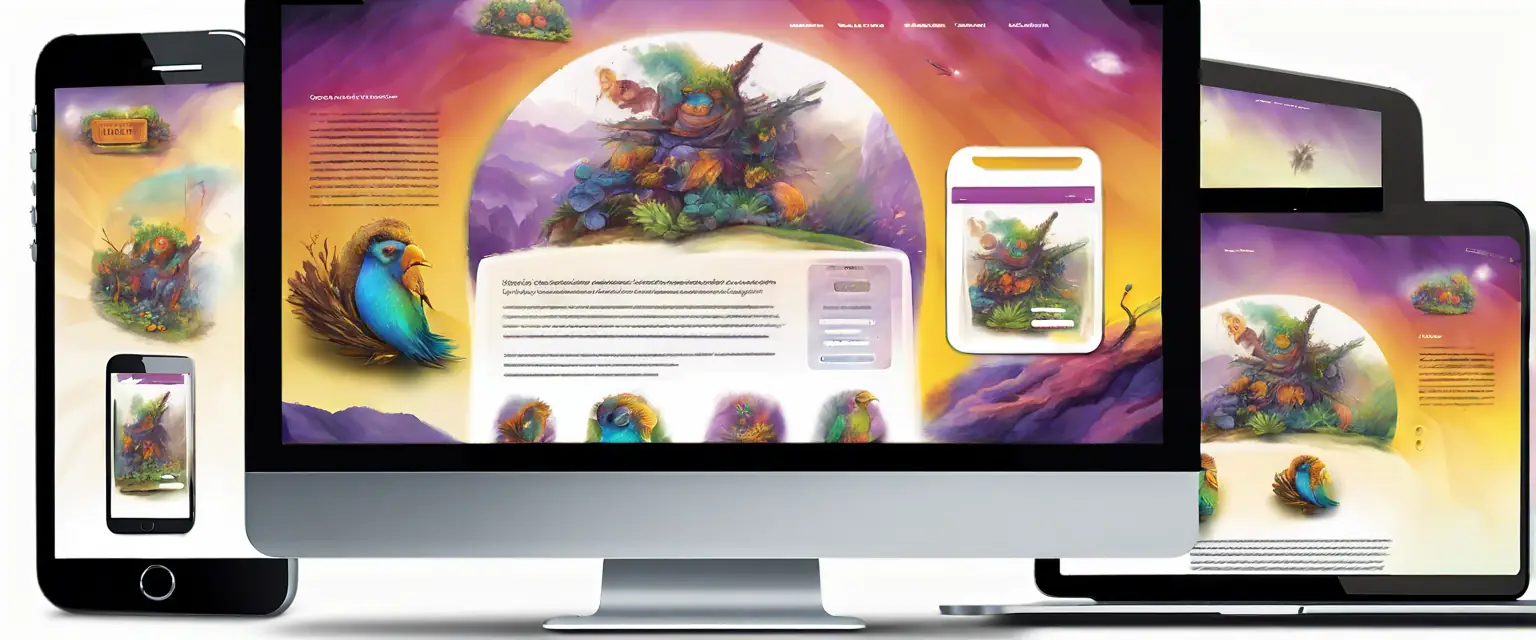User experience (UX) is a critical component of web design that can make or break a website’s success. A well-designed website not only looks good but also provides a seamless experience for users. By prioritizing UX, designers can ensure that visitors can easily navigate the site and find the information they need. This focus on usability leads to higher engagement and conversion rates, making it an essential aspect of any web design project.
To create an effective user experience, designers must consider various factors, including layout, accessibility, and responsiveness. A clean and intuitive layout allows users to navigate the site effortlessly, while accessibility ensures that all users, regardless of their abilities, can engage with the content. Additionally, a responsive design guarantees that the website functions well on all devices, providing a consistent experience for users.
As the digital landscape continues to evolve, the importance of user experience will only grow. Designers must stay informed about the latest UX trends and best practices to create websites that meet the needs of their audiences. By placing user experience at the forefront of their design process, creators can build websites that not only attract visitors but also keep them coming back.



